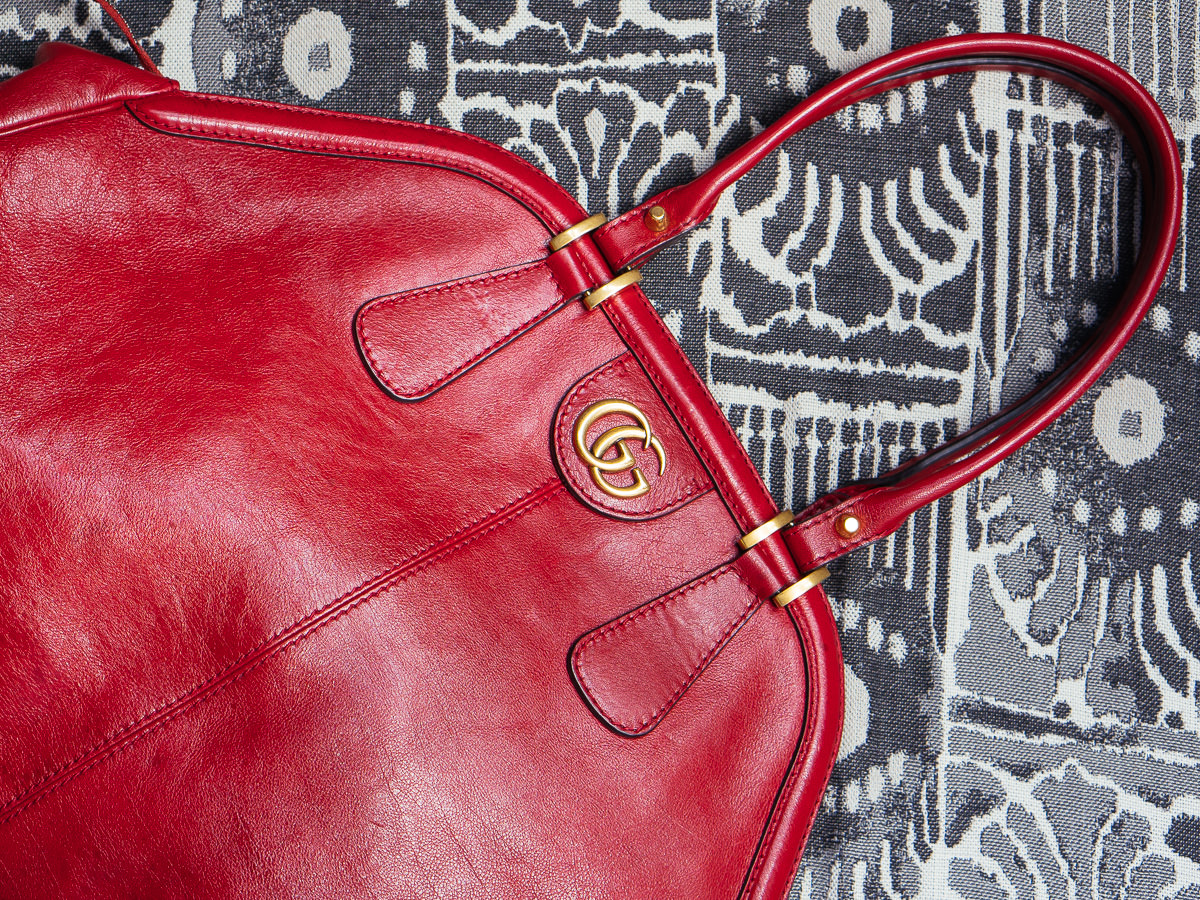
“I remember exactly when Tom came to make everything fabulous. In the late ’80s, Michele says, Gucci was “very dusty.” Harsh, but an assertion that fashion historians would agree with. It was an iconic symbol of richness, as he puts it-signaling “jet set” in a way no other brand did. What he remembers of Gucci, from growing up in the ’70s and ’80s, was that it offered an alternative to that aesthetic. He was raised in Rome by an artistic, free-spirited father who worked as an Alitalia technician and a mother whose obsession with Hollywood glamour bode well for her career assisting a film executive. “I grew up in Europe, in Italy, and everything was about bourgeois,” says Michele, referring to cultural aesthetics. In the six and a half years since Michele was named creative director, he has created a world so fantastical that, for Gucci’s most enthused fans, heatstroke is a small price to pay for entry. Within moments, I felt justified in having waited in line, just a few days prior, on a sweltering afternoon at the Gucci store in SoHo to buy my cousin a graduation gift. On the day we spoke, he beamed into my apartment from his office in Gucci’s Renaissance-era design HQ in Rome.

Even through the banality of videoconferencing, Michele’s demeanor is wholly disarming. And yet, if you found yourself in conversation with him, you’d still be taken aback by his effusiveness. You will learn that he’s friends with Jared Leto and Harry Styles and has fabulous hair. You will glean that he’s talented and fun and doesn’t take himself too seriously. You can read every story about Alessandro Michele ever written meticulously dissect each of his Gucci collections watch clips of him working in his studio, accepting awards, arriving at the Met gala.


 0 kommentar(er)
0 kommentar(er)
